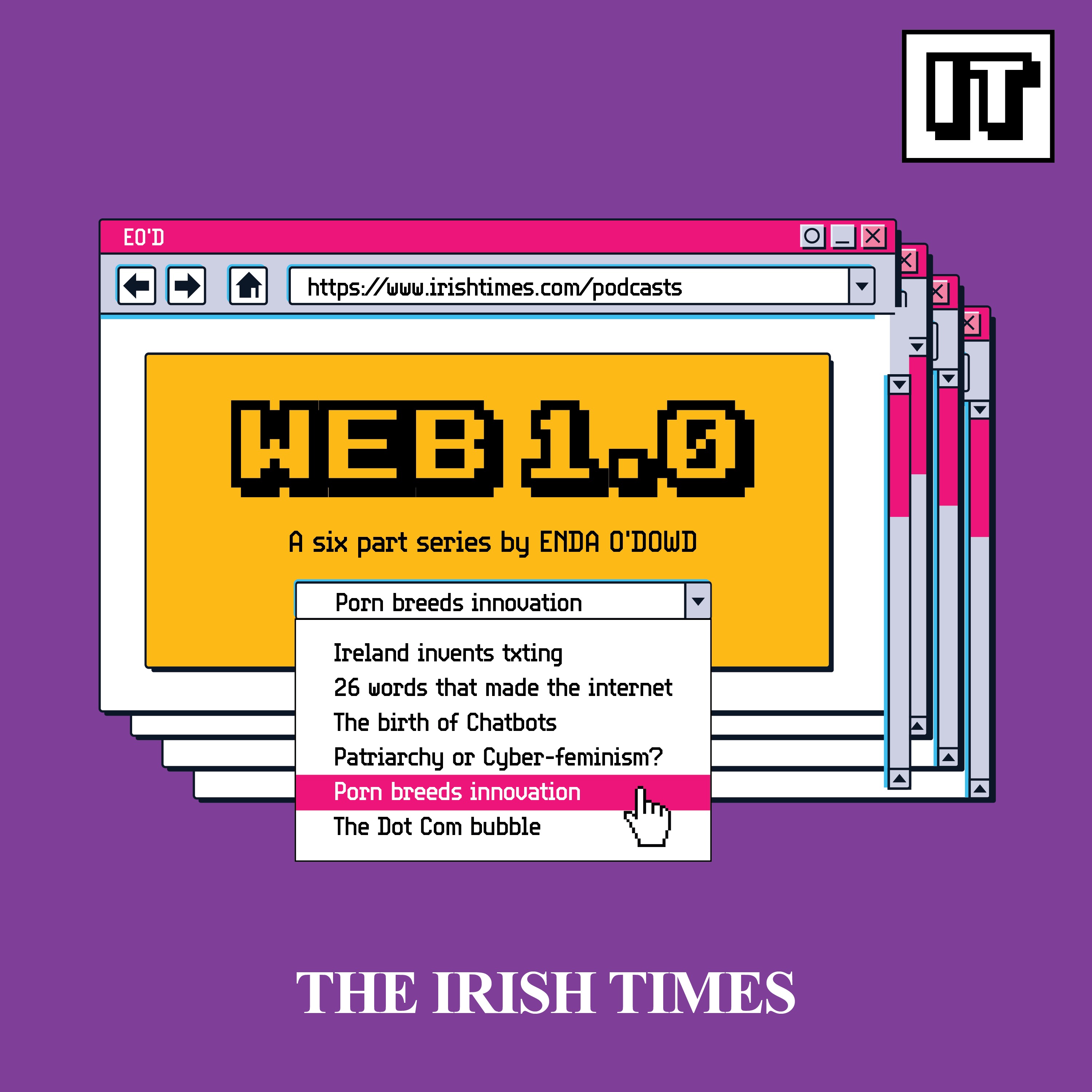Web 1.0 is a new six part series from The Irish Times that looks at the origins of the modern internet. We talk to everyone from coders to astrologers and pornographers to hear the stories of people who were there and designed the methods of communications that we all use today.
This episode is the story of how two Irish companies transformed communications in the 20th century.
Ireland Online was built by entrepreneur Barry Flanagan to bring the internet into Irish homes for the first time.
Though Barry’s story is Irish, there are variations of it in countries across the world. In France there was the Minitel, which was the world’s most successful online service prior to the World Wide Web.
An Irishwoman in Portugal: ‘Blue skies, bilingual children and a flight home in three hours’
Hot and sweaty: How Ireland’s ancient sauna culture is making a comeback
How to stop hungry slugs and snails from wreaking havoc in your garden
David McWilliams: Trump has managed to create something world has never seen: virulent Canadian nationalism
It was launched in 1982 by Gerard Thery, a telecoms engineer. Minitels were boxy computers where one could look up phone numbers, buy concert tickets, check cinema listings and do online banking.
They were also free. France Telecom issued them to every house in a bid to cut the cost of printing phone books.
In the US Jan Brandt spearheaded direct marketing for America Online and was given free rein of AOL’s marketing strategy. Her plan was to get AOL CD’s into the hands of as many Americans as possible and thus get those people onto the World Wide Web. This meant producing a lot of CDs - AOL says that for several weeks in 1998 they used the world’s entire CD production capacity.
It was hugely successful: at one point they were logging a new customer every six seconds. Brandt helped increase their number of subscribers from 200,000 to more than 22 million, bringing many Americans online for the first time.
And Barry Flanagan was doing similar in Ireland. With Ireland Online, he didn’t just sell the internet to Ireland, but the concept of what the internet could be.
The second Irish company was Aldiscon. Under the direction of Joe Cunningham, Aldiscon transformed text messaging from being a means of retrieving voicemails to dominating mass communication by the end of the century. The infrastructure Joe and his company built also led to picture messages, emojis and emoticons.
And though the 1990s started with letters and poor phone connections, with the help of these companies the century ended with text messaging, e-mails and instant messaging.
This podcast was made by Enda O’Dowd with help from John Casey and Declan Conlon.
Artwork by Paul Scott.
Music by Kirk Osamayo and Sergey Cheremisinov.
Further reading:
The history of the internet infrastructure


























